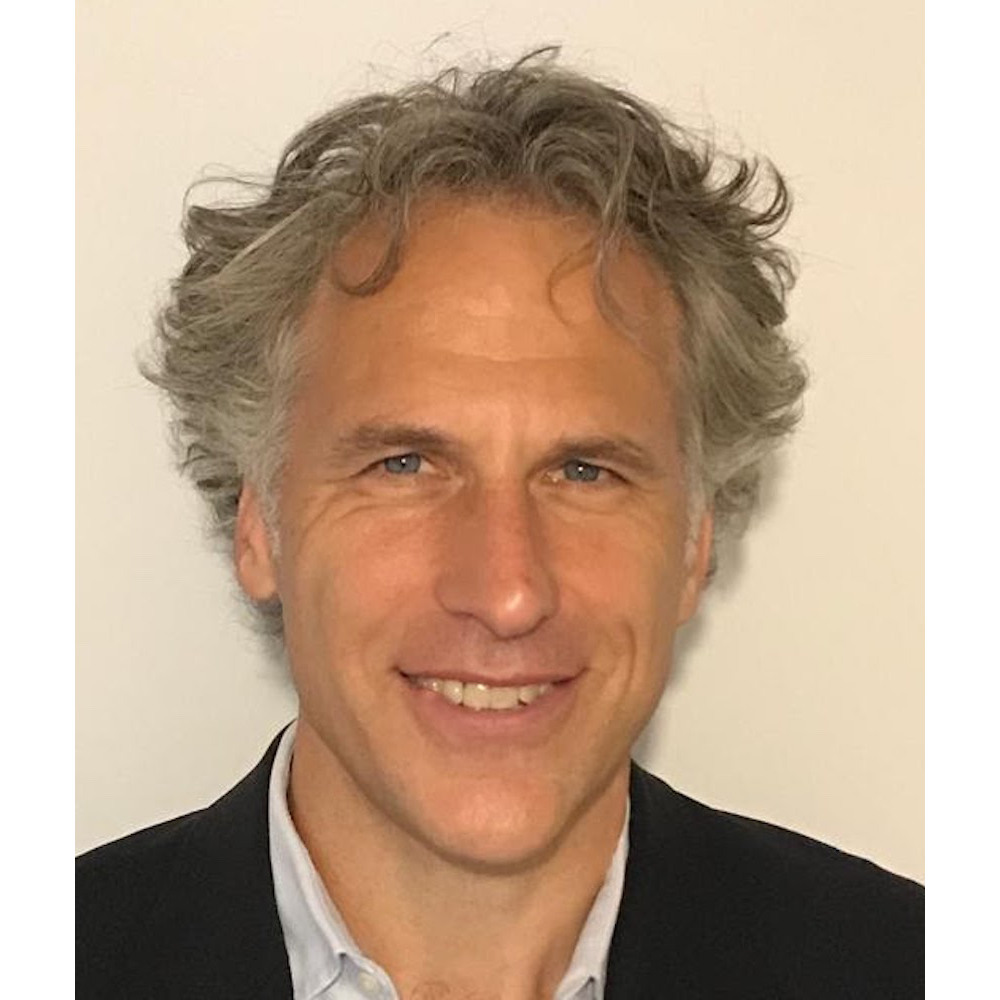
David Leon Cyranoski
Researcher
- Position
- Lecturer
- Research Field
- History of Science/Science, Technology, and Society/Science integrity
Research Overview
Historical perspectives on biological sciences and their applications
Scientific breakthroughs and technological innovations often seem to erupt on the scene, posing urgent social, regulatory, ethical and economic challenges. As a correspondent for Nature, Cyranoski spent two decades covering such critical interactions between science and society, notably in controversial areas such as stem cells and reproductive biology.
But scientific discoveries have long trajectories, and understanding how they emerged will help us grapple with their implications. Cyranoski is now examining the recent history of stem cells, reproductive biology, developmental biology and other research fields in order to describe and understand how social factors shaped their evolution, how underlying scientific uncertainty affects their development, and how regulatory decision-making has guided their clinical translation. His analyses will also take into account other factors, such as the impact of commercial interests and the role of public engagement by scientists trying to earn acceptance of their findings. The results of such studies will differ depending on the technology, vary by setting, and change over time, offering a rich array of contexts to analyze for insights into how science evolves and how we can best come to grips with the latest scientific trends.
Biography
David Cyranoski earned a master’s degree and passed the doctoral exam in the History of Science and the History of Japan at the University of California-Berkeley. From 2000, based first in Japan and then in China, he spent more than 20 years as the Asia-Pacific Correspondent for Nature covering the gamut of biological and physical sciences at the cutting-edge. He joined ASHBi in 2021.
Publications
Cyranoski, D., Sipp, D., Mallik, S., and Rasko, J.E.J. (2023). Too little, too soon: Japan’s experiment in regenerative medicine deregulation. Cell Stem Cell 30, 913–916.
Cyranoski, D. (2023). Opinion Guest Essay: How a scientific fraud reinvented himself. The New York Times. June 21, 2023.
Cyranoski, D., Contreras, J.L., and Carrington, V.T. (2023). Intellectual property and assisted reproductive technology. Nat. Biotechnol. 41, 14–20.
Cyranoski, D., Contreras, J.L., and Carrington, V.T. (2023) Who will own the next generation of assisted reproductive technologies? Nature Portfolio Bioengineering Community https://bioengineeringcommunity.nature.com/posts/who-will-own-the-next-generation-of-assisted-reproductive-technologies. (Blog post)
Cyranoski, D. (2021). AI drug discovery booms in China. Nat. Biotechnol. 39, 900–902.
Cyranoski, D. (2021). Alarming COVID variants show vital role of genomic surveillance. Nature. 10.1038/d41586-021-00065-4.
Cyranoski, D. (2020). Profile of a killer: the complex biology powering the coronavirus pandemic. Nature, [online] 581(7806), pp.22–26. Available at: https://www.nature.com/articles/d41586-020-01315-7
Cyranoski, D. (2019). The potent effects of Japan’s stem-cell policies. Nature, [online] 573(7775), pp.482–485. Available at: https://www.nature.com/articles/d41586-019-02847-3.
Cyranoski, D. (2019). Embryo-like structures created from human stem cells. Nature. [online] Available at: https://www.nature.com/articles/d41586-019-02654-w.
Cyranoski, D. (2018). How human embryonic stem cells sparked a revolution. Nature, [online] 555(7697), pp.428–430. Available at: https://www.nature.com/articles/d41586-018-03268-4
Cyranoski, D. (2018). First monkeys cloned with technique that made Dolly the sheep. Nature, [online] 553(7689), pp.387–388. Available at: https://www.nature.com/articles/d41586-018-01027-z.
Cyranoski, D. and Reardon, S. (2015). Embryo editing sparks epic debate. Nature, [online] 520(7549), pp.593–594. Available at: https://www.nature.com/articles/520593a?proof=t.
Cyranoski, D. (2013). Stem cells: Egg engineers. Nature, [online] 500(7463), pp.392–394. Available at: https://www.nature.com/articles/500392a.
Cyranoski, D. (2008). Stem cells: 5 things to know before jumping on the iPS bandwagon. Nature, [online] 452(7186), pp.406–408. Available at: https://www.nature.com/articles/452406a.
Awards
・2019 Association of Health Care Journalists. First place for “The potent effects of Japan’s stem cell policies”
・2019 Association of British Science Writers. Shortlisted for “The potent effects of Japan’s stem cell policies”
・2018 Association of British Science Writers. Best Investigative Journalism. Shortlisted for “The Secret War Against Counterfeit Science”
・2017 National Academies Communication Awards. Finalist for coverage of CRISPR/Cas-9 gene-editing
・2007 Michael DeBakey Journalism Award. Winner for “Primates in the Frame”
Joined
Nov. 1, 2021
